Our wait at the Homer small boat harbor was not unpleasant while we waited for the arrival of our guide, Kevin Sidelinger. Lars and I witnessed boats of all shapes and sizes being backed down the ramp and launched to ports who knows where. Some were sleek manufactured craft. Others homemade. Some big. Some small. Some open. Some enclosed.
One anxious boater forgot to put in the drain plug before launching and nearly sunk his craft before getting it back on the trailer to drain, put in the plug, and relaunch. Timed with the relaunch, Kevin’s boat slipped to the dock. Greetings and introductions were short, and in just a moment, our gear was stowed aboard his “workboat.” Kevin explained the safety features, told us where to sit, and we made a wakeless exit from the harbor.
Kevin and his wife Cindy call Halibut Cove home and headquarters for their Alpine Llama trips. Enroute, Kevin explained that the llamas had been transported from the cove to the lagoon earlier using this same boat. Animals and crew were awaiting our arrival.
Cindy and the balance of our party greeted us as we stepped ashore. Here we met the animals, as Kevin and Cindy affectionately call the llamas. After being introduced to the bearers of our packs, Conan the Barbarian and Boone the Explorer, we were soon on a first-name basis.
Dan and Linda, the leaders of our group, handled the loading with expert ease. Dan explained as he filled the packs with our gear; if the pack is too heavy or unbalanced, the llama will merely lie down. If the pack is loaded correctly, they will carry it for hours without prejudice. The Indians of South America call the llamas speechless brothers. Only a brother would carry the burdens they do without complaint. Boone and Conan accepted our gear without complaint.
Our destination was an alpine lake at the base of Chocolate Drop Mountain. Chocolate Drop is a small, 4,000-foot-high peak set in the center of a large valley. At the base of Chocolate Drop, we made camp.
Twenty yards from our tent was a small, clear-water creek terminating in the lake. Lars and I unpacked our fly rods before the tent was up. My first cast with a polar shrimp brought a tug to the line. The bow made several small runs, always staying in the current. Then, finally, I maneuvered him out of the fast water. By the time I had him beached, an audience gathered. “Trout for supper,” Cindy announced. “Catch three more.” The first one had been so easy I readily accepted the challenge.
Supper was late that night as Lars and I labored for the next three hours to accomplish our task. I learned again never to judge a fishing hole on the first cast. Later, Kevin took us out in the canoe, where we could even the score on the rainbows.
The following day we assaulted Chocolate Drop. The conversation at the top turned to the animals. We found them to be wonderful companions on the trail. They seem to anticipate what was required. They are quiet, docile, intelligent, and extremely sure-footed. Because of their padded feet, they can travel over various terrain and steep mountainsides and trails.
Our zoology lesson continued around the evening fire, enjoying a meal of Cindy’s open-pit barbecue spare ribs. Each animal can carry three or four times what a person can comfortably pack. Because of the animals, we had luxuries on this trip that were uncommon or nonexistent on most backpack trips.
Lars and I enjoyed exploring, canoeing, fishing, and climbing in Kachemak State Park for three days. We got closer as father and son, and to the land we call home. And, we wished for more as we bid our speechless brothers goodbye.
On our return to the Homer small boat harbor, it came to our memory that the Homer Spit is the end of the Pan American Highway that begins in Argentina. This road passes through Peru, Bolivia, and other South American countries, the ancient home of the llama. So I suppose it is only fitting that one of the world’s oldest domestic animals be earning its living at the end of the road that began close to the animal’s beginning.
Oh, yes, before I forget. Concerning the llamas’ reputation for spitting. The only spit we saw was the Homer spit.



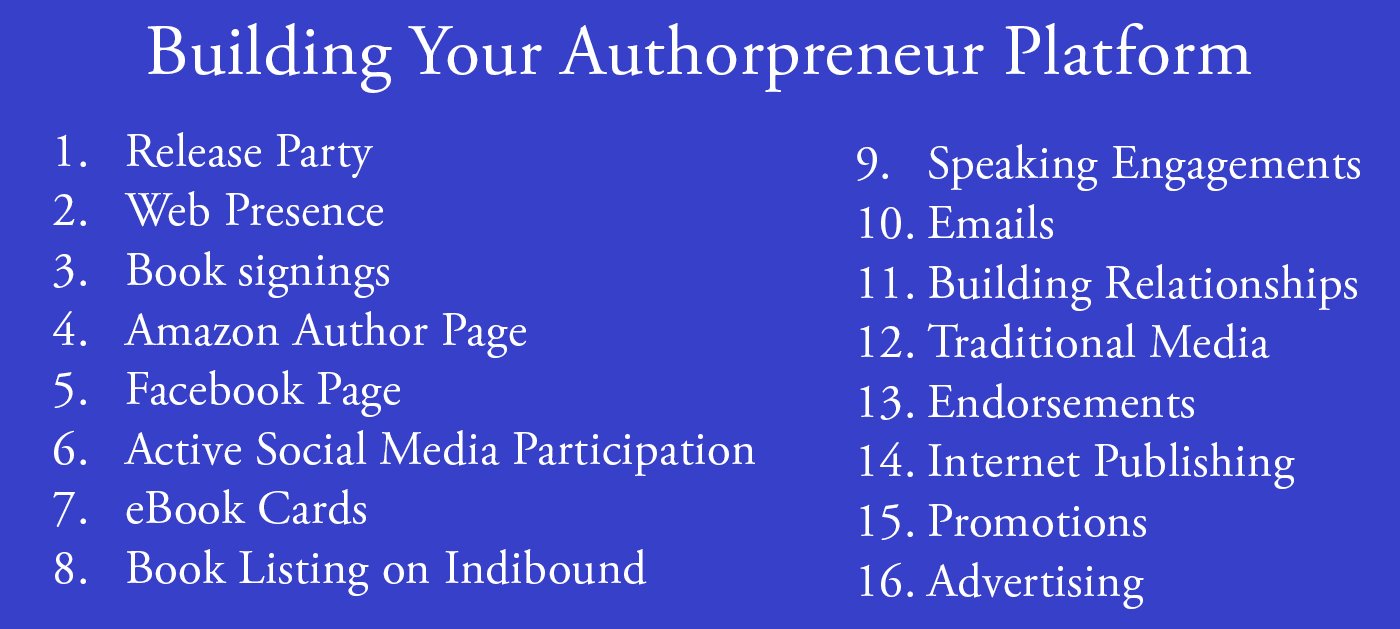
 This is Publication Consultants’ motivation for constantly striving to assist authors sell and market their books. Author Campaign Method (ACM) of sales and marketing is Publication Consultants’ plan to accomplish this so that our authors’ books have a reasonable opportunity for success. We know the difference between motion and direction. ACM is direction! ACM is the process for authorpreneurs who are serious about bringing their books to market. ACM is a boon for them.
This is Publication Consultants’ motivation for constantly striving to assist authors sell and market their books. Author Campaign Method (ACM) of sales and marketing is Publication Consultants’ plan to accomplish this so that our authors’ books have a reasonable opportunity for success. We know the difference between motion and direction. ACM is direction! ACM is the process for authorpreneurs who are serious about bringing their books to market. ACM is a boon for them. Release Party
Release Party Web Presence
Web Presence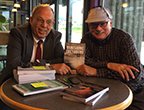 Book Signings
Book Signings Facebook Profile and Facebook Page
Facebook Profile and Facebook Page Active Social Media Participation
Active Social Media Participation Ebook Cards
Ebook Cards The Great Alaska Book Fair: October 8, 2016
The Great Alaska Book Fair: October 8, 2016

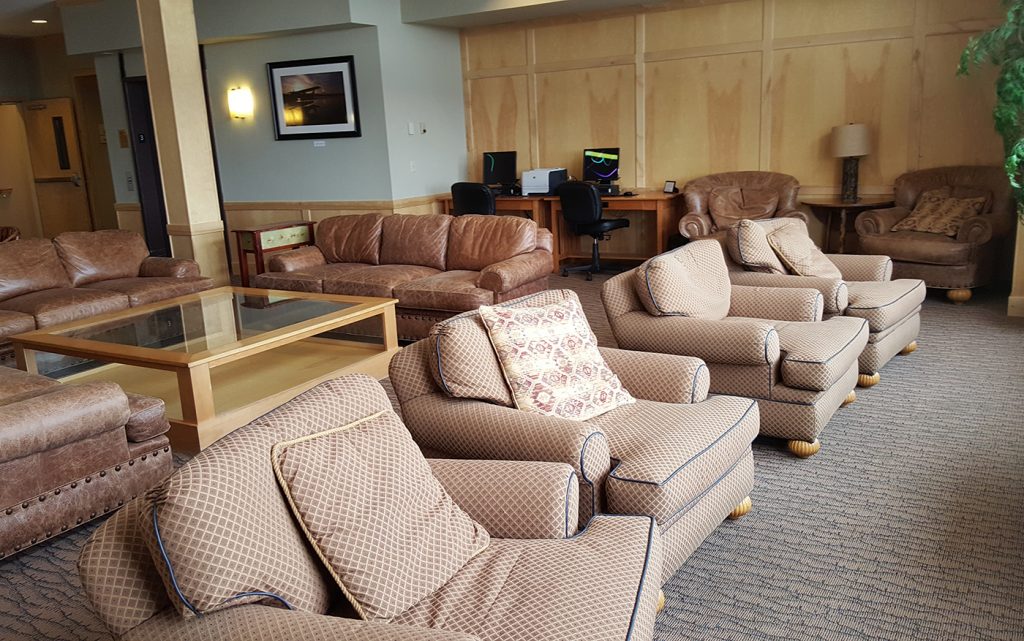
 Costco Book Signings
Costco Book Signings eBook Cards
eBook Cards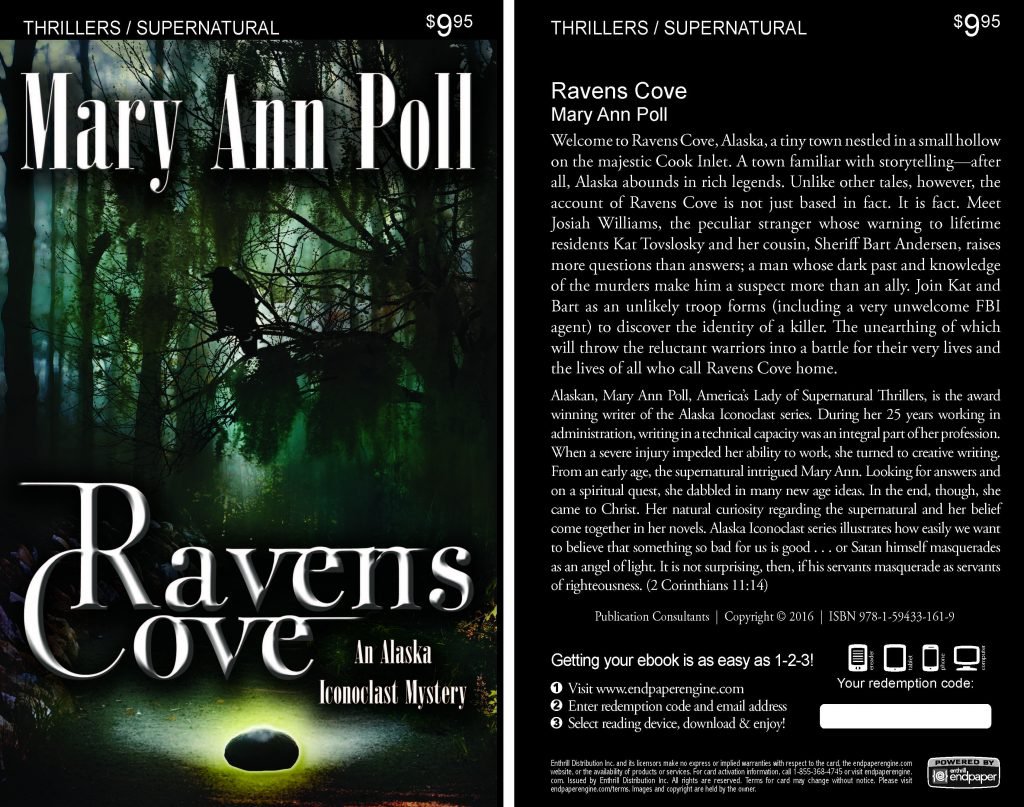

 Benjamin Franklin Award
Benjamin Franklin Award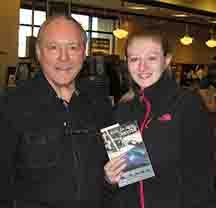 Jim Misko Book Signing at Barnes and Noble
Jim Misko Book Signing at Barnes and Noble
 Cortex is for serious authors and will probably not be of interest to hobbyists. We recorded our Cortex training and information meeting. If you’re a serious author, and did not attend the meeting, and would like to review the training information, kindly let us know. Authors are required to have a Facebook author page to use Cortex.
Cortex is for serious authors and will probably not be of interest to hobbyists. We recorded our Cortex training and information meeting. If you’re a serious author, and did not attend the meeting, and would like to review the training information, kindly let us know. Authors are required to have a Facebook author page to use Cortex. Correction:
Correction: This is Publication Consultants’ motivation for constantly striving to assist authors sell and market their books. ACM is Publication Consultants’ plan to accomplish this so that our authors’ books have a reasonable opportunity for success. We know the difference between motion and direction. ACM is direction! ACM is the process for authors who are serious about bringing their books to market. ACM is a boon for serious authors, but a burden for hobbyist. We don’t recommend ACM for hobbyists.
This is Publication Consultants’ motivation for constantly striving to assist authors sell and market their books. ACM is Publication Consultants’ plan to accomplish this so that our authors’ books have a reasonable opportunity for success. We know the difference between motion and direction. ACM is direction! ACM is the process for authors who are serious about bringing their books to market. ACM is a boon for serious authors, but a burden for hobbyist. We don’t recommend ACM for hobbyists.

 We’re the only publisher we know of that provides authors with book signing opportunities. Book signing are appropriate for hobbyist and essential for serious authors. To schedule a book signing kindly go to our website, <
We’re the only publisher we know of that provides authors with book signing opportunities. Book signing are appropriate for hobbyist and essential for serious authors. To schedule a book signing kindly go to our website, < We hear authors complain about all the personal stuff on Facebook. Most of these complaints are because the author doesn’t understand the difference difference between a Facebook profile and a Facebook page. Simply put, a profile is for personal things for friends and family; a page is for business. If your book is just a hobby, then it’s fine to have only a Facebook profile and make your posts for friends and family; however, if you’re serious about your writing, and it’s a business with you, or you want it to be business, then you need a Facebook page as an author. It’s simple to tell if it’s a page or a profile. A profile shows how many friends and a page shows how many likes. Here’s a link <> to a straight forward description on how to set up your author Facebook page.
We hear authors complain about all the personal stuff on Facebook. Most of these complaints are because the author doesn’t understand the difference difference between a Facebook profile and a Facebook page. Simply put, a profile is for personal things for friends and family; a page is for business. If your book is just a hobby, then it’s fine to have only a Facebook profile and make your posts for friends and family; however, if you’re serious about your writing, and it’s a business with you, or you want it to be business, then you need a Facebook page as an author. It’s simple to tell if it’s a page or a profile. A profile shows how many friends and a page shows how many likes. Here’s a link <> to a straight forward description on how to set up your author Facebook page.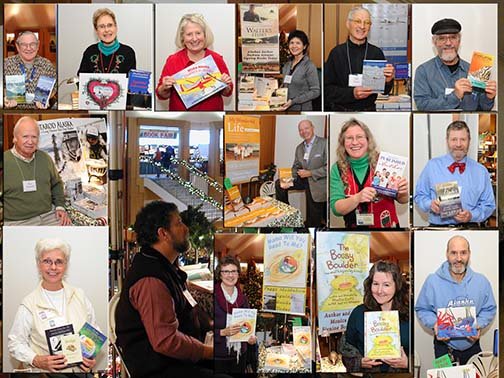



 Mosquito Books has a new location in the Anchorage international airport and is available for signings with 21 days notice. Jim Misko had a signing there yesterday. His signing report included these words, “Had the best day ever at the airport . . ..”
Mosquito Books has a new location in the Anchorage international airport and is available for signings with 21 days notice. Jim Misko had a signing there yesterday. His signing report included these words, “Had the best day ever at the airport . . ..”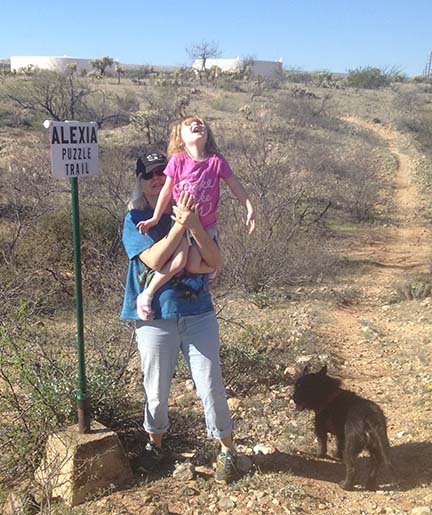


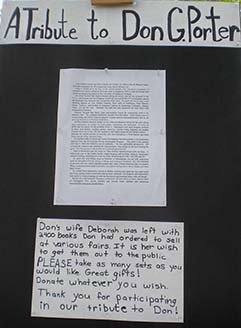
 The Lyin Kings: The Wannabe World Leaders
The Lyin Kings: The Wannabe World Leaders
 Time and Tide
Time and Tide


 ReadAlaska 2014
ReadAlaska 2014 Readerlink and Book Signings
Readerlink and Book Signings
 2014 Independent Publisher Book Awards Results
2014 Independent Publisher Book Awards Results

 Bonnye Matthews Radio Interview
Bonnye Matthews Radio Interview
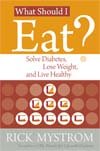 Rick Mystrom Radio Interview
Rick Mystrom Radio Interview When he published those overseas blogs as the book The Innocents Abroad, it would become a hit. But you couldn’t find it in bookstores.
When he published those overseas blogs as the book The Innocents Abroad, it would become a hit. But you couldn’t find it in bookstores. More NetGalley
More NetGalley Mary Ann Poll
Mary Ann Poll
 Bumppo
Bumppo
 Computer Spell Checkers
Computer Spell Checkers Seven Things I Learned From a Foreign Email
Seven Things I Learned From a Foreign Email 2014 Spirit of Youth Awards
2014 Spirit of Youth Awards Book Signings
Book Signings
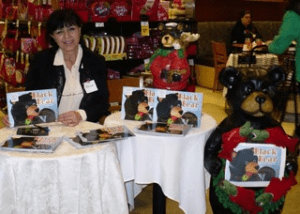
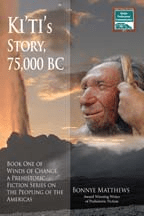
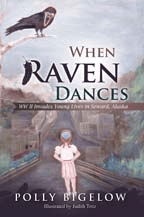 Blog Talk Radio
Blog Talk Radio Publication Consultants Blog
Publication Consultants Blog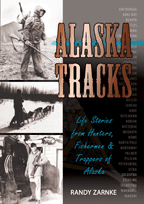 Book Signings
Book Signings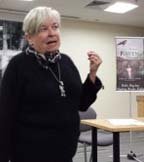
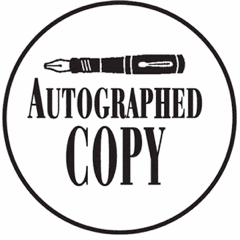
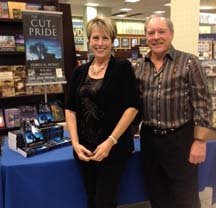

 Don and Lanna Langdok
Don and Lanna Langdok Ron Walden
Ron Walden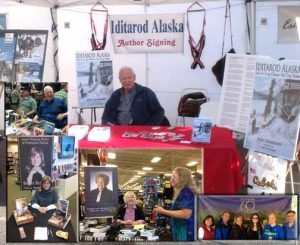 Book Signings Are Fun
Book Signings Are Fun Release Party Video
Release Party Video
 Erin’s book,
Erin’s book,  Heather’s book,
Heather’s book,  New Books
New Books